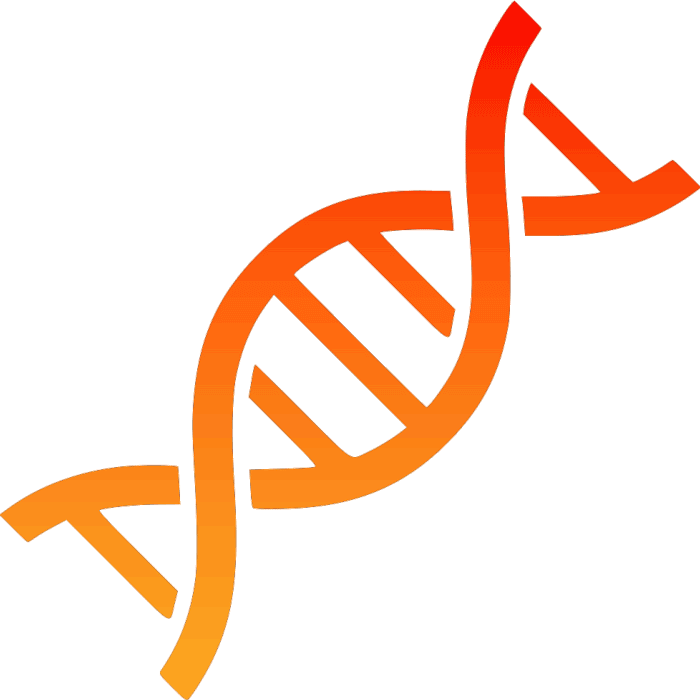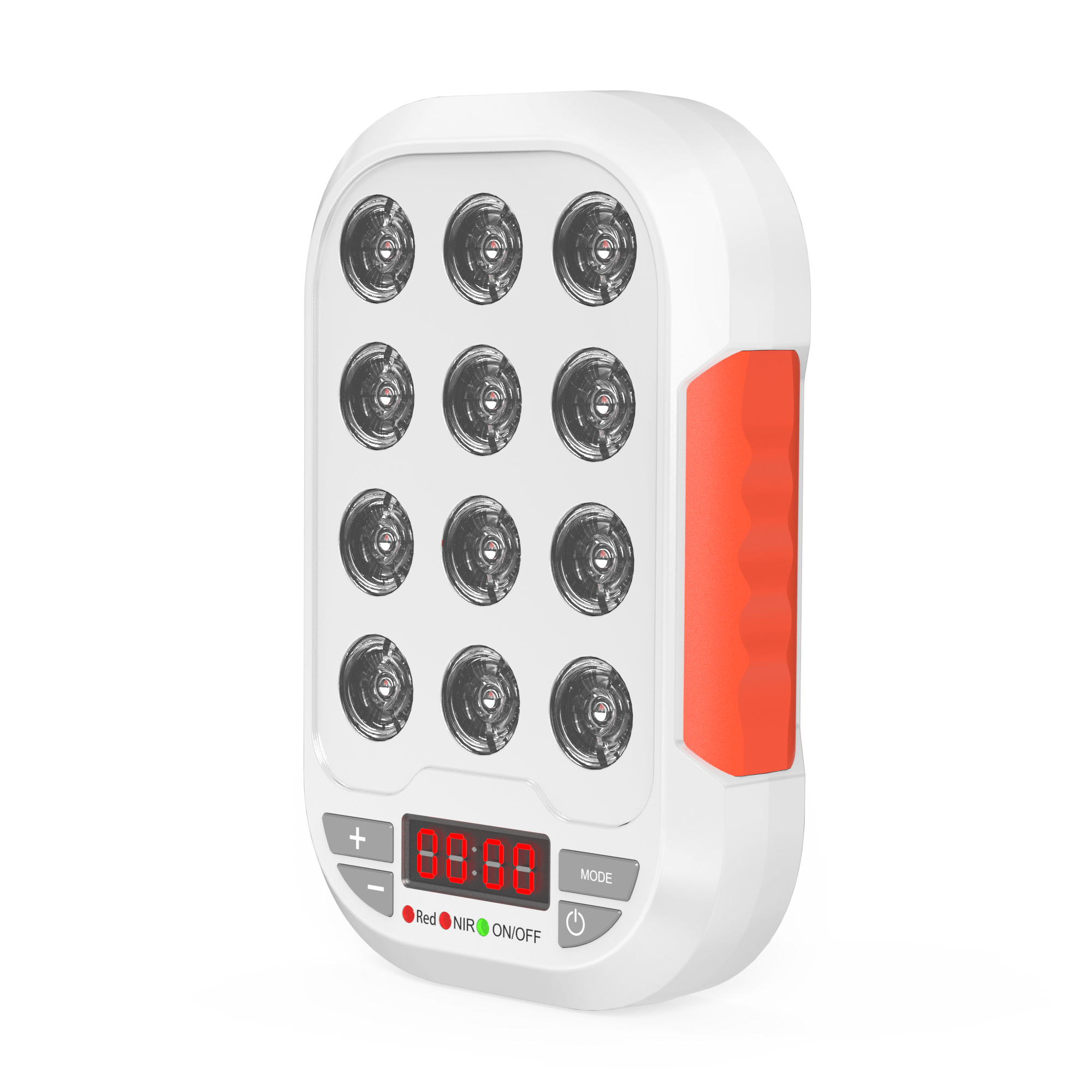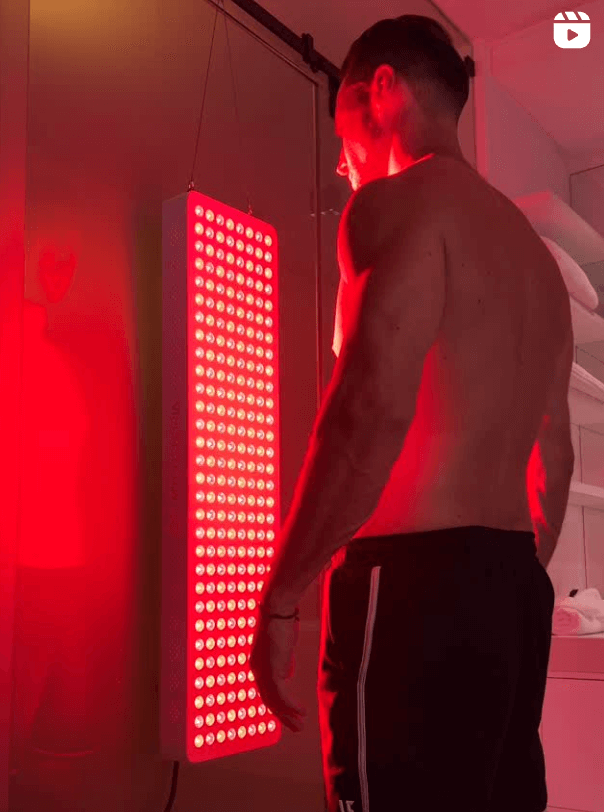
Autoimmune diseases encompass a diverse range of conditions where the immune system erroneously targets the body's own cells. They include diseases like rheumatoid arthritis, multiple sclerosis, diabetes (type 1), and lupus - affecting millions of people worldwide.
Autoimmune diseases pose significant challenges for both patients and healthcare providers. Traditional treatment methods often focus on relieving symptoms or suppressing the immune response, but emerging technologies offer alternative approaches.
One such innovation is red light therapy, gaining attention for its potential in managing autoimmune diseases.
What is an autoimmune disease?
In autoimmune diseases, the immune system - designed to protect the body - mistakenly attacks its own cells, tissues, and organs.

This occurs because the immune system fails to recognize certain components of the body as "self" and instead targets them as if they were foreign invaders like bacteria or viruses.
The development of autoimmune diseases can be influenced by various factors such as genetic predisposition, environmental triggers, and hormonal influences.
When the immune system targets the body's cells, it can result in inflammation, tissue damage, and symptoms based on the affected organs.
There are over 80 recognized types of autoimmune diseases, where symptoms and severity vary widely among different autoimmune diseases, but they often involve chronic inflammation and can affect various parts of the body.
Some examples are:
• Rheumatoid Arthritis: mainly impacts joints, resulting in pain, swelling and stiffness in joints.
• Multiple Sclerosis: wherein the immune system attacks the protective covering of nerve fibers (myelin) in the brain. This can disrupt communication between the brain and the body, leading to symptoms like fatigue, walking difficulties, and numbness.
• Systemic Lupus Erythematosus: a systemic autoimmune ailment affecting various organs, including the skin, joints, kidneys, heart, lungs, brain, and blood cells.
• Hashimoto's Thyroiditis: an autoimmune condition impacting the thyroid gland - causing inflammation and gradual destruction of thyroid tissue resulting in an underactive thyroid (hypothyroidism) and symptoms such as fatigue, weight gain, and cold intolerance.
• Psoriasis: a persistent autoimmune skin disorder in which there is rapid accumulation of skin cells, resulting in red, scaly patches and visible lesions.

What are the Causes of Autoimmune Diseases?
Several factors can contribute to autoimmune diseases:
• Imbalance in Gut Bacteria: The bacteria in our intestines need to be just right. If there are not enough healthy bacteria or too many harmful ones, it can weaken our immune system.
• Leaky Gut: Our intestines act like a barrier, letting some things through and keeping others out. If this barrier isn't working well, undigested food proteins can get through, causing problems like food allergies.
• Repetitive use of Antibiotics: Taking antibiotics a lot can mess up the balance of good bacteria in our bodies and make the gut barrier not work as it should.
• Unhealthy Diet: Eating poorly can make it hard for our bodies to keep the gut healthy. Nutrients like zinc and vitamin D are important for our gut.
• Chronic Infections: Some long-lasting infections are linked to autoimmune diseases.
• Exposure to Toxins: If our bodies encounter harmful chemicals, our immune system has to deal with them. If this goes wrong, it can lead to autoimmune issues.
• Certain Medications: Some medicines can make the risk of autoimmune diseases higher.
Red Light Therapy For Autoimmune Diseases – What's the mechanism behind it?

The mechanisms for the benefits of red light therapy in autoimmune diseases include its anti-inflammatory and immune-modulating effects.
Anti-Inflammatory Effects: Red light therapy accelerates the reduction of inflammation, which is a common feature of autoimmune diseases. By influencing cellular processes and decreasing inflammatory markers, it alleviates symptoms associated with autoimmune conditions.
Immune Modulation: Red light therapy has a regulatory effect on the immune system, by regulating immune cells’ activity and preventing the immune system from attacking the body's own tissues.
Clinical Trials
A 2019 study investigated the effect of red light therapy in immune system modulation, particularly at the skin and joint levels.
The demonstrated efficacy in humans, notably in influencing bacterial colonization relevant to chronic rhinosinusitis, suggests a promising avenue for therapeutic applications.

Conclusion
While research into the use of red light therapy for autoimmune diseases is ongoing and in the early stages, the early trials look promising.
The proposed mechanisms, including anti-inflammatory effects and immune modulation, suggest possibilities for alleviating symptoms associated with autoimmune conditions.
Overall, this highlights the incredible potential of red light therapy for so many different aspects of life.
References:
1. Kurup S, Pozun A. Biochemistry, Autoimmunity. [Updated 2022 Dec 19]. In: StatPearls [Internet]. Treasure Island (FL): StatPearls Publishing; 2023 Jan-.
2. NSC. Autoimmune disease. National Stem Cell Foundation. (n.d.).
3. Miller F. W. (2023). The increasing prevalence of autoimmunity and autoimmune diseases: an urgent call to action for improved understanding, diagnosis, treatment, and prevention. Current opinion in immunology, 80, 102266.
4. Wickenheisser, V. A., Zywot, E. M., Rabjohns, E. M., Lee, H. H., Lawrence, D. S., & Tarrant, T. K. (2019). Laser Light Therapy in Inflammatory, Musculoskeletal, and Autoimmune Disease. Current allergy and asthma reports, 19(8), 37.




























